Comparison among Froebel, Montessori, Reggio Emilia and Waldorf-Steiner Methods – Part 1
There are many different educational philosophies throughout the world, all of which are designed to promote academic and social growth in children. They take many shapes and forms and come from a variety of perspectives, focusing on different aspects of children’s intellectual, cognitive, and social development.
Some of the most child-centered educational philosophies have their origins in the theories of child development specialists and psychologists who believe that young children learn best through play and self-discovery. Among the most well-known of these philosophies are the Froebel, the Montessori, the Reggio Emilia and the Waldorf-Steiner Method.
These four methods all approach early learning from a developmental perspective, and stress the importance of play and self-directed exploration. There are many similarities in the approaches as they all strive to educate the “whole child” and believe that children should be responsible for their own learning to varying degrees. There are also several differences in the philosophies and environments of the four different methods.
THE FROEBEL METHOD
Modern kindergarten owes its beginnings to the German educator Friedrich Froebel. In 1837, Frobel created a program based on principles of early childhood specialists which became the foundation for kindergartens everywhere, as well as several educational philosophies which are the basis of many preschool and early education methods today.
Froebel believed that young children possess unique capabilities and needs, and that adults should serve as the “gardeners” of children’s potential. Froebel asserted that young children could learn best in atmospheres that provided a stimulating and prepared environment where they could explore and learn from their own perspectives.
Key Features of Froebel Schooling Methods
Froebel education stresses that parents are the first educators for children, and that there should be close links between home and school. The main goal of a Froebel education is to teach the whole child in all developmental areas: socially, academically, emotionally, physically and spiritually. There are four main components of the Froebel Method: motor expression, social participation, free self-expression and creativity.
The Froebel Philosophy stresses that:
- Play Drives Learning Play meets the biological need to discover how things work. Froebel education believes that play is purposeful and not idle, and that meaning is created through hands-on play activities.
- Children can only learn what they are ready for Children develop differently and should be allowed to learn at their own developmental pace.
- The teacher should serve as a guide Teachers should not be viewed as the keepers of knowledge, but instead as guides who can help lead a child to understanding.
- The classroom should be a prepared environment Although Froebel classrooms may look like they are designed for free play, they are actually very carefully prepared, presenting children with the tools and materials that are optimal for their level of development.
- Movement is imperative for young learners Froebel classrooms are alive with finger plays, songs, and all forms of movement.
Another key component of a Froebel classroom is the use of the materials referred to as the Froebel Gifts and Occupations. The Froebel gifts are a series of sets specially designed materials, which provide hands-on explorations of solids, surfaces, lines, rings and points. Children use these materials to explore principles of movement, math, and construction. The Occupations are a set of activities designed to provide further hands-on explorations and practice with skills like clay work, wood work, lacing, weaving, drawing, and cutting. Again, these materials are designed to allow children uninterrupted periods of play where they construct their own meaning of how things work.
Strengths of the Froebel Method
There are many strengths to the Froebel method. One of the main strengths for students who attend a Froebel School is that they learn to see problems from many angles and to solve them independently. As they work with materials, they gain perseverance as they attempt to figure out how to manipulate them to create the output they want.
The Froebel method also works well to encourage independence in students. Since they are used to solving problems that arise during their play, they feel confident in their ability to handle issues as they arise.
The Froebel classroom develops fine motor skills in students, which aids them with later learning and activities, such as writing and advanced art skills.
Criticisms of Froebel Education
Critics of the Froebel education believed that the structure of the program was too rigid. More progressive educators modified the original program into the kindergarten that we know today, which includes more free and imaginative play. In addition to the Froebel gifts, other unstructured materials were added such as doll houses and large blocks where children could experience more free-play and social interaction. Reformers decided that children needed other ways to express themselves, and also added music, art and movement activities to Froebel’s original ideas.
There are also those who believe that there is too much focus on fine motor skills, and that more language, writing and reading would benefit students. Many think that the focus on the gifts and occupations should be supplemented with more academic types of activities, reading and writing specifically, so that children who are developmentally ready for these types of activities will have the opportunity available to them.
THE MONTESSORI METHOD
The Montessori Method, which is popular today in many places around the world, was developed by Maria Montessori in 1897 in Italy. Montessori began to develop her methods after attending pedagogy courses in Rome, and carefully observing children beginning at birth.
In 1907, Montessori opened her first school, Casa dei Bambini, or Children’s House, and her methods attracted interest from educators throughout the world. In 1929, Montessori founded the Association Montessori Internationale to support international growth of Montessori methods and teacher education. Montessori schools are based on the belief that children are naturally eager learners who can create meaning in a carefully prepared and supportive environment.
Key Features of the Montessori Method
The Montessori approach is a child-centered one that operates on several defining principles. The goal of a Montessori classroom is to develop the whole child, which includes physical, social, emotional and cognitive abilities. The job of the teacher is to open each child’s full potential, and not to view them as clay to be molded.
Hallmarks of Montessori include:
- Mixed Age Groupings: Children of mixed ages work together in classrooms. Younger students observe older ones, which helps to prepare them for upcoming and more challenging materials. Older students serve as mentors and guides for those who are younger.
- Big Picture Focus: The Montessori approach operates on the belief that children learn best when they possess background knowledge about a subject. The Montessori curriculum is often referred to as “cosmic”, meaning that learning builds upon prior exposure, building deep understanding.
- Focus on Sensitive, or Critical, Periods: Dr. Montessori believed that there are certain times when children could best obtain certain skills. Instruction is matched to a child’s sensitive window for acquiring the skill.
- Prepared Environment: The physical environment of a Montessori classroom is designed with children in mind. All furniture is appropriately sized, and materials are placed to be accessible by the children in the room. The environment is prepared with developmentally appropriate materials designed to stimulate multiple senses and stimulate learning. Self-correcting materials are available so that students may work on them independently. These materials can be cross-curricular, including blocks, letters, and other types of manipulatives.
- Focus on Peace: Respect for all life forms is stressed, along with focus on inner-peace, peaceful interactions, social justice and community service.
The Montessori classroom is home to many specially designed materials and manipulatives that are appealing to children and are designed to teach one skill at a time. These materials are designed so that they can have multiple uses and grow with the child. The materials are designed to invite interaction and activity, and use a hands-on approach to make abstract concepts, such as base 10 math, more concrete.
Key Strengths of the Montessori Approach
Children are prepared for the real world, where they work side by side with people of all ages and dispositions. They also develop self-discipline, independence and analytical thinking. All materials in a Montessori classroom have a proper place, and it is the responsibility of each student to properly store their materials when they are done to maintain order, which is very important to this philosophy.
Students who learn under the Montessori Method develop a true understanding of their work, instead of just rote memorization. They develop a true life-long love for learning. This is a method that focuses on personal growth and development, and has been shown to foster maturity and creativity in students. Lessons fall into three main categories: lessons for practical life, sensory and language, so they become well-rounded and independent individuals.
Criticisms of Montessori Schooling
Critics of the Montessori Method refer to the cost of maintaining a program. Since the approach uses sanctioned furniture and materials, the costs can be rather high. The program was relies on high quality expensive materials and furniture which is expensive.
Another criticism of the approach is that the classrooms contain only one of each pieces of “work” as the activities are referred to. In theory, this should encourage children to share, but critics state that it often creates a competition between students and that older students often win out over the younger ones.
A final criticism many people have is that it can be difficult for Montessori students to transition into a “regular” classroom, where they may be sitting in rows and working on prescribed curriculum. Many parents send their children to Montessori programs for preschool and first grade, but then move them into traditional elementary schools.
THE REGGIO EMILIA METHOD
The Reggio Emilia Method was first introduced following World War II in Italy by a group of educators and parents who wanted to create a community-centered approach to teaching and learning. The director of this movement was Loris Malaguzzi, who studied the works of many pedagogists and child-development specialists and used their theories to create an atmosphere that he felt would best support and encourage early childhood development.
These educators and parents founded their approach on the basis of respect, responsibility and community through an atmosphere of exploration and discovery.
Key Features of Reggio Schooling
The Reggio philosophy is based on natural child development as researched and described by many child psychologists and researchers. The key features of the program include the ideas that:
- Children learn best through a multi-sensory approach: Reggio classrooms contain experiences that appeal to all senses. Children will be touching, seeing, hearing, moving, speaking and listening.
- Children should have some control over their own learning: Reggio classrooms are about children making their own meaning through exploration and discovery. Children are seen as co-constructors of knowledge, instead of being viewed as targets of instruction. They participate in many different projects where they can observe, hypothesize, question and clarify to create understanding.
- Children must have many ways to express themselves: Children in Reggio schools gain deep understanding of the materials in their classrooms and the world around them. They look at materials from a variety of ways, and participate in long term projects designed to let them view a subject from many angles.
- Relationships are important: Both relationships with other children and with adults are imperative in the Reggio Emilia classroom. Children are expected to work together in communities to collaborate with each other.
- Children need to have relationships with the materials they are to explore: The physical environment of a Reggio classroom is highly important and designed to be aesthetically pleasing as well as engaging. The environment is considered to be the third teacher in a Reggio setting.
In addition to these principles, Reggio Emilia educators refer to the “Hundred Languages of Children” which refers to the many ways that children have of expressing themselves. Children are encouraged to display their understanding through a variety of means.
Key Strengths of the Reggio Schooling Method
Most people agree that the main strength of the Reggio method is the ability to use the environment as a teacher. Other strengths are the mix of long- and short term projects which provide students with deep understanding of the subject matter.
Another strength is the documentation that Reggio teachers collect about their students. This is where the idea of a portfolio of student work was originated.
In the Reggio method, teachers are seen as researchers. Flowcharts are very important in these classrooms to document what has occurred, and for future considerations.
Criticisms of Reggio Emilia Schooling
The Reggio method had been called one of the best approaches in the world by many different news magazines and researchers, but it is not without its critics.
The main criticism of the Reggio approach is that it is not a formal model, with defined methods, and teacher certification. Without teacher certification it is sometimes difficult for teachers to truly know how to implement this model, and classrooms can sometimes be chaotic.
Waldorf Steiner Method
The Waldorf Steiner method is another approach that is based on an understanding of child development. It was originated by Rudolf Steiner in Germany, and his first school opened in 1919. This method was modeled strongly on the work of the Jean Piaget, who believed that young children learn best through play and that childhood is divided into three stages.
Key Features of Waldorf Schooling Methods
- Children need to learn through all senses: All lessons are designed to appeal to the “head, hands and heart” meaning that it is important to educate the whole child. Steiner believed that people actually have twelve senses, the traditional five plus thought, language, balance, movement, warmth, life and individuality.
- Imagination is at the heart of learning: Waldorf classrooms include a great deal of storytelling, fantasy, make-believe play, art, drama and crafts. One of the toys in a Waldorf classroom is an old-fashioned, faceless doll. It is believed that this stimulates creative thinking and imagination in children.
- Life-skills are imperative to a complete education: Children in Waldorf classrooms are taught things like wood carving, sewing, gardening, and sculpting. They are offered opportunities to take up things like learning a musical instrument or knitting. These things give children a sense of achievement and allow them to learn more complex skills later in life.
- A lifelong love for learning can be achieved through the arts: This serves to create a sense of wonder about different subjects. Curriculum such as math can be examined through graphic-arts projects, and a multi-disciplinary approach is desirable.
In addition to these key features, the Waldorf-Steiner approach believes that children need to be surrounded by beauty in an aesthetically pleasing atmosphere. The classroom is a home-like setting filled with natural materials where children have periods of guided free-play, which focuses on their developmental needs.
Benefits of Waldorf Schooling
Children in a Waldorf classroom are taught respect, cooperation, compassion and social responsibility. Because of the focus on arts, Waldorf students score well on tests of creativity. Students are discouraged from using technology at young ages, which contributes to their creative imaginative thinking.
This lack of exposure to televisions, computers, and other forms of technology create students with extended attention spans. They are able to focus on tasks for longer periods of time as they are not used to the instant gratification that technology can provide.
Criticisms of Waldorf Schooling
The main criticism of Waldorf schooling is that children are not taught to read until they are seven or eight years old. Many worry that children will fall behind, particularly if they transfer to a traditional school where reading is taught at an earlier age.
Teachers who are trained in Waldorf receive training in the spiritual philosophy known as Anthroposophy, which includes theories about spirits on earth and reincarnation. These ideals are not taught explicitly to students in Waldorf-Steiner schools, but many worry that the schools have hidden agendas.
Hope you like what you read and stay tuned for Part 2 which will dig deeper and do a comparison among above Four Methods.

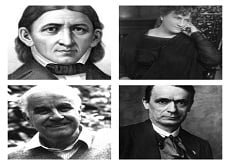

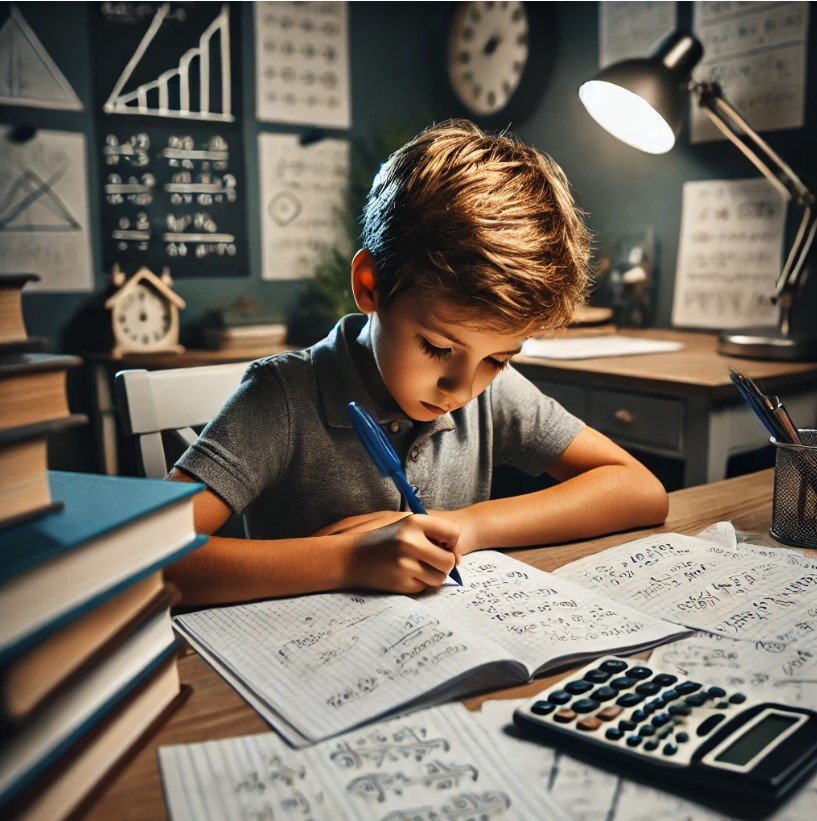
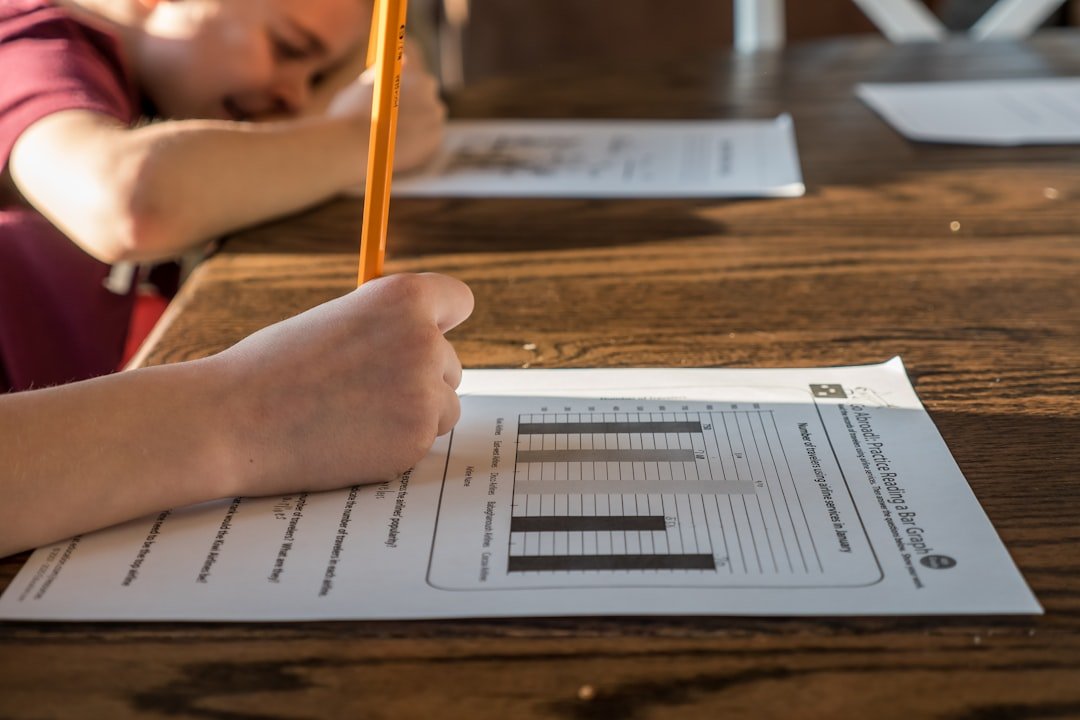
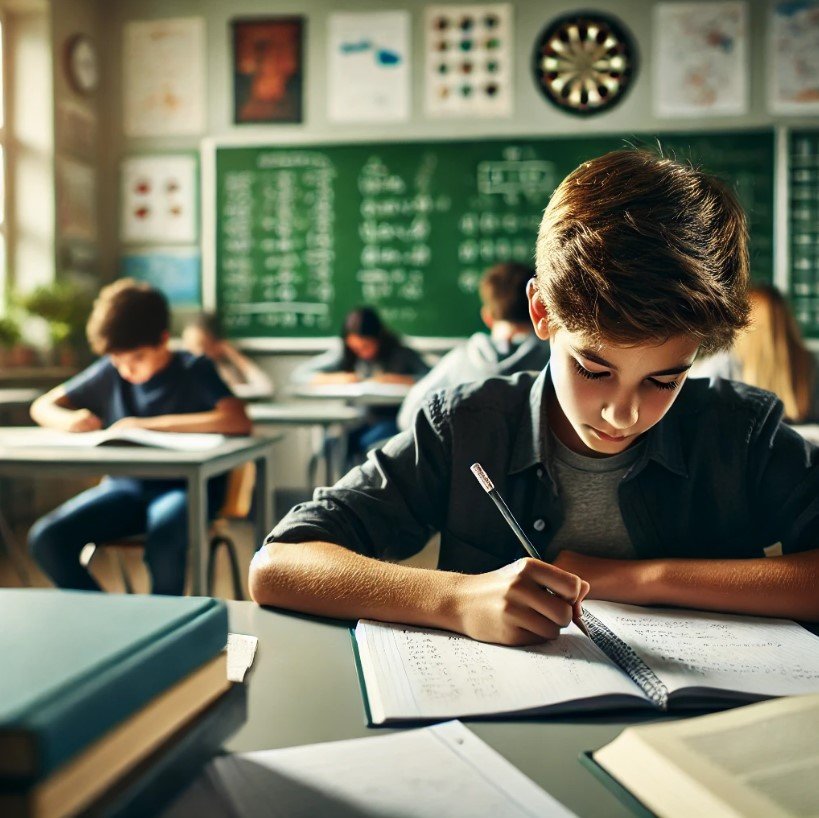

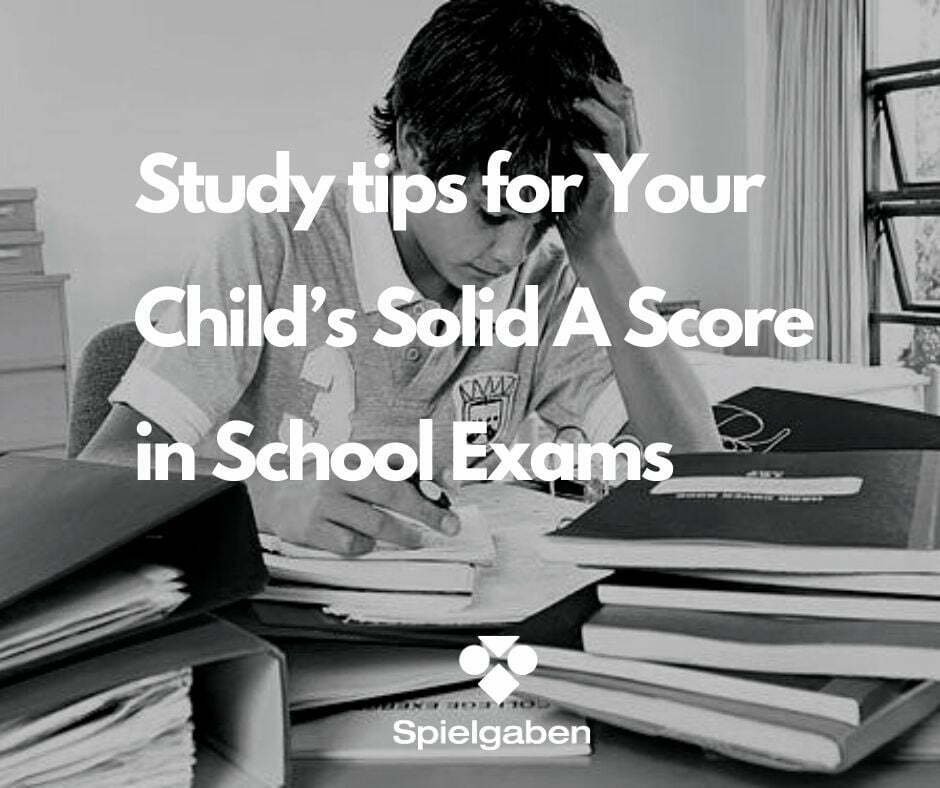
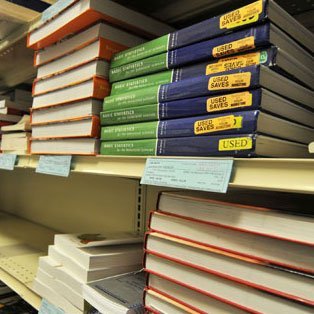
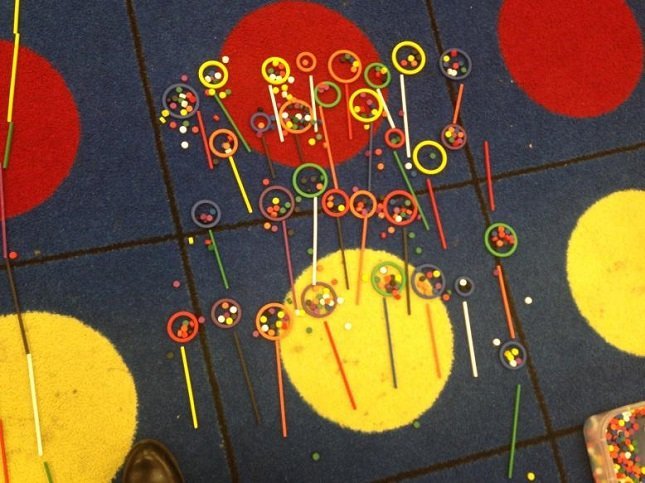


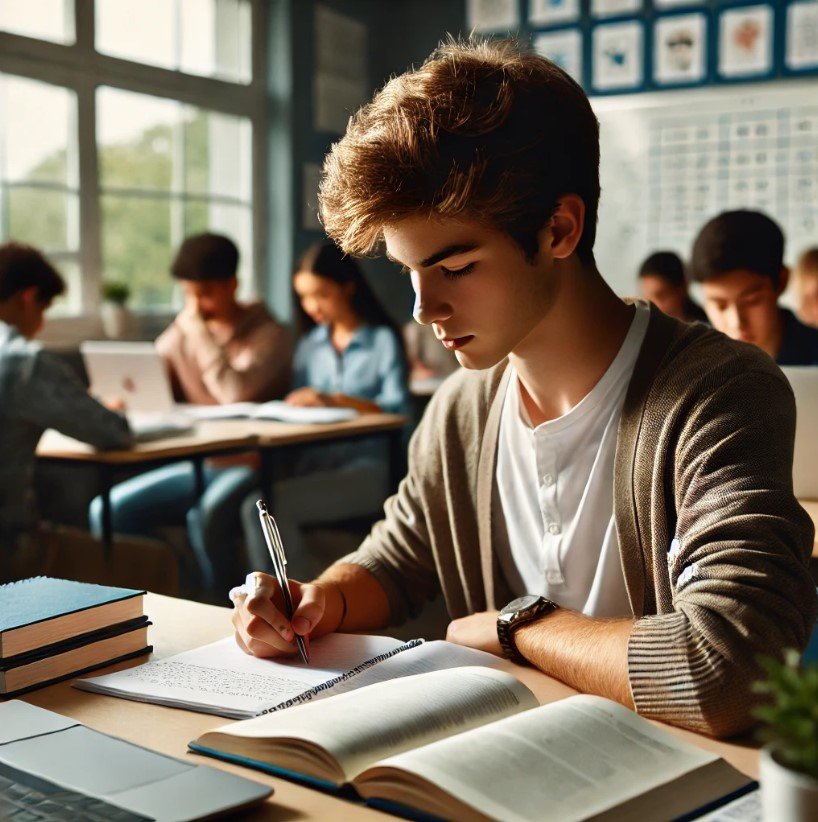

Comments (5)
When can we expect part 2?
Hi Devin
Thank you for your question and you can find the part 2 from here.
http://spielgaben.com/comparison-froebel-montessori-reggio-waldorf-part-2/
Spielgaben Team
Please let me know how to reference this site according to APA guidlines when I write an essay.
It is quite an undertaking to attempt to explain entire pedagogies in such a small space, so I commend you on your effort to bring clarity to the conversation.
Since my area of expertise is the Montessori model, I would like to make a few comments.
First, Maria Montessori was a skilled physician and surgeon, who held a certificate in physics and engineering, and taught anthropology at the university level (she also helped edit one of the first peer reviewed journals of neuropsychology). So she did not develop her approach based on the attendance of a few courses in anthropology (as the article implies), but rather after decades of experience and research in the development of the human being (physiologically, neurologically, socially and emotionally).
One of her first realizations was that traditional education, and many of our assumptions about childhood, were in direct conflict with our human biology. Her goal became to create a model of education that was aligned with the way children actually grow and develop. Just as the baby holds it head up, rolls over, and begins to crawl without external “teaching” …she realized that many of these innate drives continue into childhood. She saw that many things we had considered “misbehaviors” were a result of our ignorance of biology …as adults unwittingly thwarted activities that were essential to health and wellbeing. Her approach is definitely multisensory, and promotes a profound social cohesion. Because the materials proceed by only one isolation of difficulty, there are no gaps in information, and children are able to move at their own pace through different areas of interest. She called her prepared environments “The Children’s House/Home” because many things are learned simply through the process of “pitching in” and caring for one another. She found when children had appropriate opportunities to respond to their internal needs, they became calm, self-disciplined, intellectually curious, creative, happy and kind.
New research suggests that gains in executive functioning are strongly correlated with the degree to which a classroom adheres to the basic set of Montessori materials (with few supplements or embellishments). “While students in traditional schools made gains in executive functions of 2-5 points from fall to spring, and children in the best modern preschools and “Monti-something” schools gained 7 -8 points, the children in classical/authentic Montessori classrooms gained almost 14 points.” According to A. Lillard, the author of the study, “This gain in executive functions is of practical importance because children with stronger executive function skills in Kindergarten are concurrently and subsequently more academically and socially competent. Increasingly, executive function skills are seen as key not only to school readiness, but to success in life.”
On the topic of the criticisms, many of the Montessori materials can be made by parents and teachers (and as the model becomes more popular, the cost of materials are coming down). Also offsetting the cost is the fact that Montessori does not require the need for textbooks (as children learn through primary sources, research, time lines, and their own experimentation with concepts) with the latest editions being repurchased every few years. With proper care and use, many materials can last a very long time!
Hi, I found your text very useful but could you reference your work? For example where did you find out about criticism of Froebel’s education? I am writing an essay about Froebel and I need that information.
Kind regards
AlinaKa